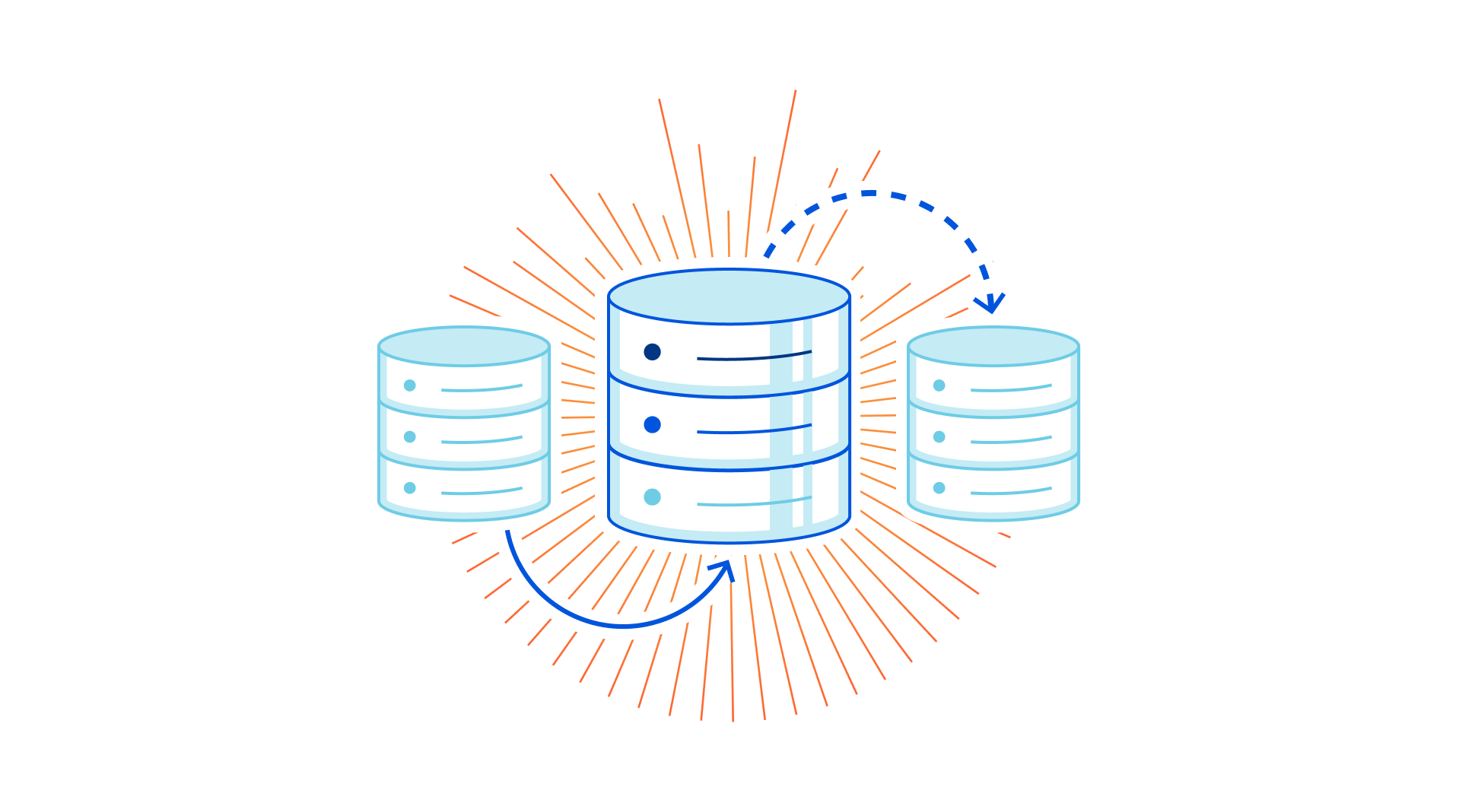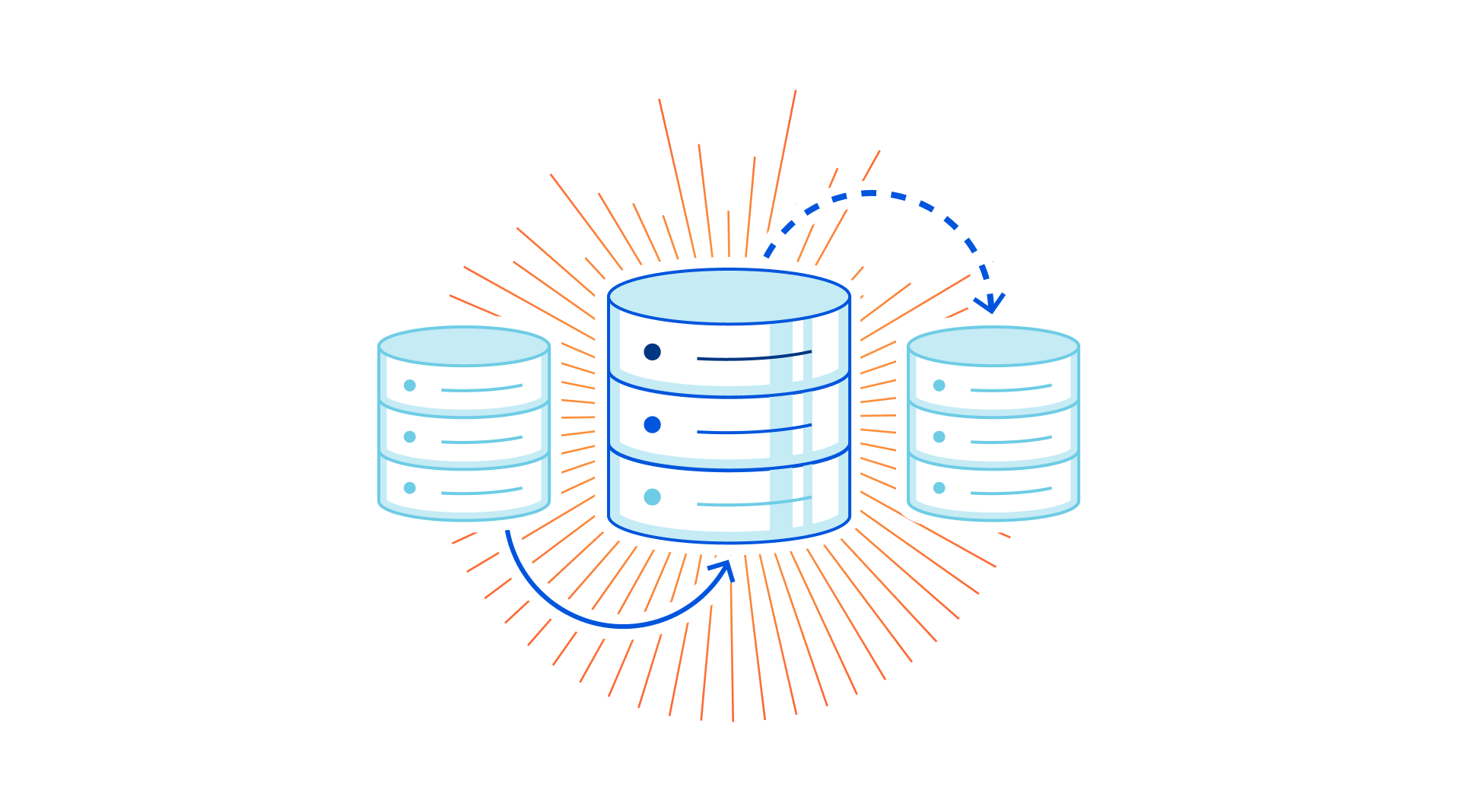Feedback: Kubernetes Networking Deep Dive
Here’s what one of the engineers watching Stuart Charlton’s Kubernetes webinar wrote about it:
“Kubernetes Networking Deep Dive” is a must see webinar. Once done take a break and then watch it again, let it sink in and then sign-up for a free account with Azure or GCP and practice all that was learned during the webinar.
At the end of this exercise … one will begin to understand why the networking domain seems to be lagging behind … This webinar will help one pick up the pace!



